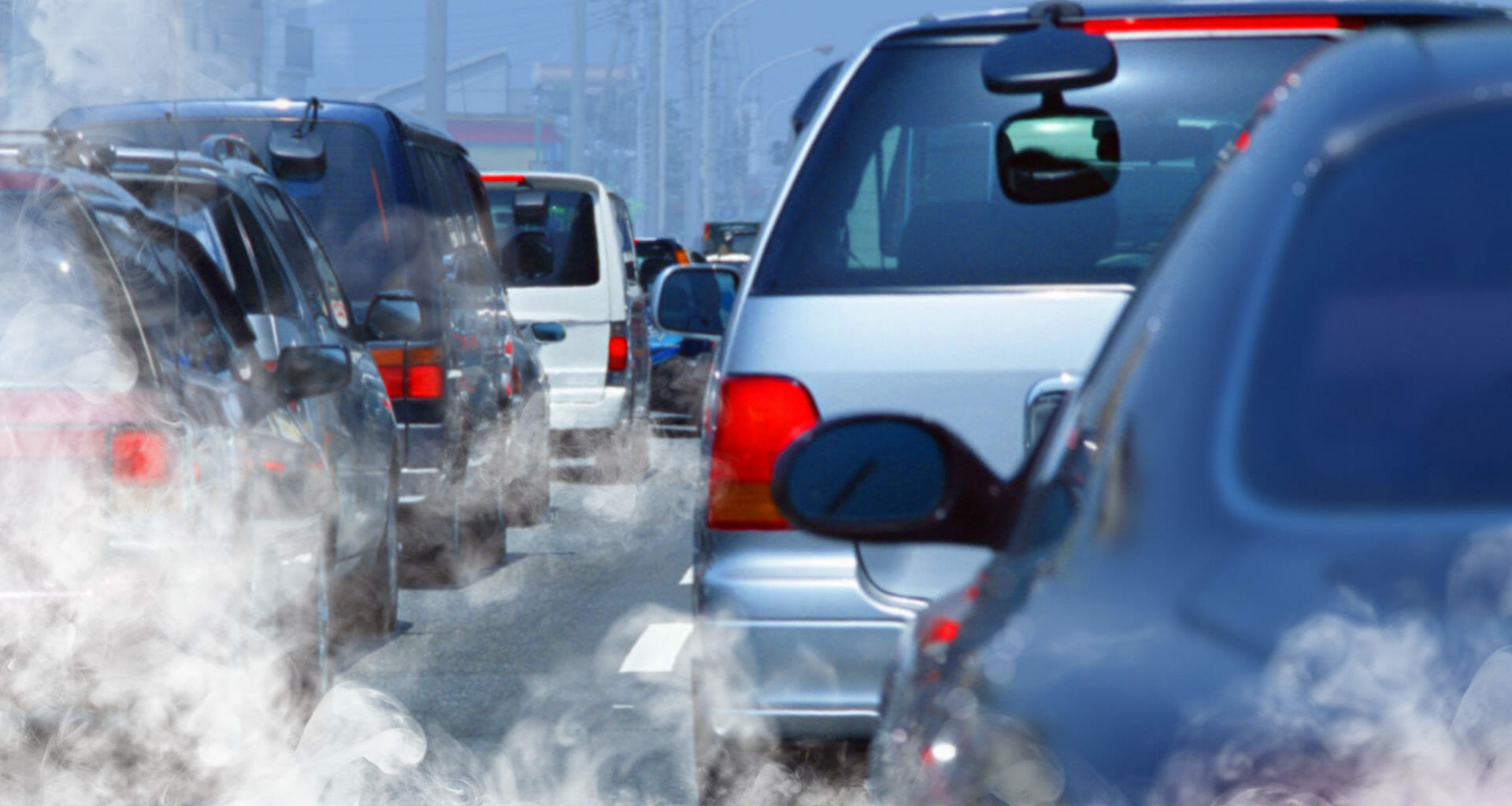
Air pollution will be the subject of a Scotland-wide investigation – the first to be carried out by the country’s new environmental watchdog, The Ferret can reveal.
Environment Standards Scotland (ESS), an independent body which came into force on 1 October to oversee environmental law post-Brexit, confirmed the “intractable issue” which has plagued Scotland for “over a decade” would be the focus of its first report.
Air pollution causes thousands of premature deaths a year in Scotland and is responsible for about seven million globally, largely due to stroke, heart disease, lung cancer and acute respiratory infections.
Levels of air pollution have been on a downward trend, but many of Scotland’s busiest city streets have regularly breached legal limits for years.
During 2020, the reduction of traffic during Covid-19 lockdown meant that legal limits – set by EU directives at annual averages of 40 microgrammes per cubic metre for nitrogen dioxide (NO2) and 18 micrograms per cubic metre for particulate matter 10 (PM10) – were not exceeded.
However research by Friends of the Earth Scotland and The Ferret – published today – shows 94 per cent of air pollution readings increased from March to September 21 when compared with the previous year. The provisional data suggests Glasgow’s Hope Street and Edinburgh’s Salamander Street will break the law on emission levels this year.
ESS chair Jim Martin, formerly Scotland’s public service ombudsman and first police complaints commissioner, said the decision to launch an investigation followed a judgement by the European Court of Justice in March, that the UK was “systematically and persistently” breaching air pollution limits.
“Given the impact on health, on life expectancy – that the European Court of Justice, the Supreme Court, the High Court, have all been making judgements against the UK for over a decade – the board was very clear that this was an issue of major concern,” he added. “We need to satisfy ourselves that all the steps being taken are sufficient.”
Interim chief executive at the ESS, Brendan Callaghan, said various approaches were under discussion while it scoped its remit. “Discrete” problems – breach of legal limits in one local authority for example – could be tackled by issuing a compliance notice, enforceable through the Court of Session.
It is also likely that a final improvement report will be put before the Scottish Parliament, which will legally compel the Scottish Government to respond with a plan to address it. The ESS will look not just at current legal limits, but at plans to lower those in the EU, in line with World Health Organisation guidance.
Given the impact on health, on life expectancy – that the European Court of Justice, the Supreme Court, the High Court, have all been making judgements against the UK for over a decade – the board was very clear that this was an issue of major concern.
Jim Martin, chair of Environment Standards Scotland
Callaghan agreed that causes of air pollution presented a “complicated picture”. But he added: “The one thing that is clear is the standards are not being met. This is reducing people’s lifespans and in some cases they are dying due to the poor quality of air they are exposed to.
“We are aware there is lots of work ongoing. The Scottish Government just launched Cleaner Air for Scotland 2 for example and you could say: ‘Have faith, change will come in time’. But this has been a protracted issue for ten years. It didn’t seem like a tenable position for us to sit back and wait.”
The investigations team will look to learn from other countries, he added. “In some places, like German cities, you have differing low emissions zones depending on the weather. That might not work in Scotland but that’s the type of thing we might want to look into.”
Other potential solutions include giving local air pollution rates as standard in weather forecasts, and the promoting the role of trees and urban green infrastructure, which can improve air quality, such as replacing school railings with hedges.
Scotland is the first of the UK nations to constitute a watchdog overseeing environmental compliance issues post-Brexit. Martin added: “In terms of scrutiny and governance Scotland is ahead of the game.”
How Green is Scotland? is a week-long series for The Herald by The Ferret, an award-winning investigative journalism platform in Scotland. It is an editorially independent, not for profit co-operative run by its journalists and members.
You can join for £3 a month.
Photo Credit: IStock/ssuaphoto.














